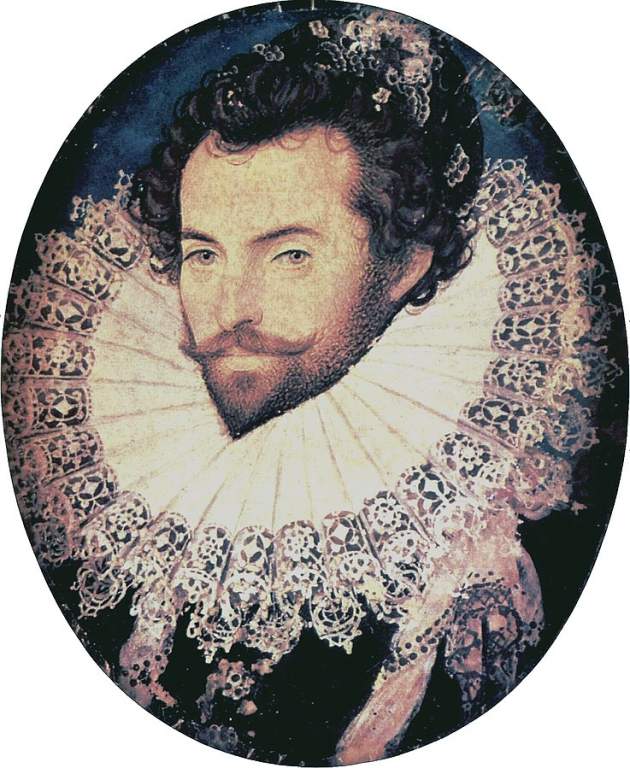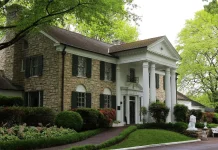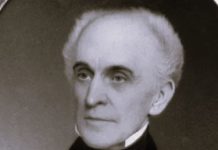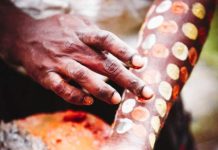The Lost Roanoke Colony – Roanoke Island, located just inside the Outer Banks of North Carolina’s coast, was made home by Governor John White and his party of 89 men, 17 women, and 11 children in late July 1587. It was Sir Walter Raleigh who primarily financed the expedition, which was the second attempt to settle the region. Two natives, Manteo and Wanchese, were brought back from a 1584 expedition to the Outer Banks by Philip Amadas and Arthur Barlowe, proving the land suitable for colonization.
The English garrison at Roanoke has established thanks to Raleigh’s contribution of funds in 1585, under the direction of Governor Ralph Lane through an expedition led by Sir Richard Grenville. The garrison hosted naturalists and artists such as White and Thomas Harriot, who collected information about the area and its inhabitants during the period between July 1585 and June 1586. After returning to England on Sir Francis Drake’s ships in July 1586, the missionaries reported an attractive and fertile land, but also a limited supply of resources, poor harbors, and destructive storms.
In 1587 A subsequent expedition was funded by Sir Walter Raleigh the White expedition. Rather than establish an army garrison in the Chesapeake area, White wanted to establish an independent settlement in harmony with the Chesapeake Indians that was self-sufficient. The Portuguese pilot and former pirate Simon Fernandes and White argued repeatedly on the trip across the Atlantic. Fernandes forced the entire party off at Roanoke after they arrived there to consult with Grenville’s garrison left there by Grenville in late 1586.
Despite their concerns and disappointment, the colonists began repairing the cottages and forts left behind by the previous expedition. A few miles away from Cape Hatteras, they brought back Manteo, who offered advice, before returning to his native settlement of Croatoan. Virginia Dare was the first English person to be born in America soon after White and his family arrived at Roanoke. Her mother was Elinor Dare, his daughter, and wife of Ananias Dare.
White should return to England as soon as possible after unloading the colonists’ supplies so that more supplies could be sent. It was a reluctant agreement from White. While he was away, White and the colonists arranged for a small contingent to remain in Roanoke to meet White when he returned. In his absence, the colonists planned to establish a settlement 50 miles inland (toward the Chesapeake area), while the rest would move 50 miles inland (toward the Chesapeake area).
It was late August when White left for England, and he arrived on November 8, 1587. As soon as he heard about Raleigh’s plans, he requested that a relief force be organized. In his initial assurances, Raleigh promised to send supplies as quickly as possible. A Spanish Armada attack in 1588 delayed White’s return due to escalating conflicts with Spain. His two pinnaces were attacked by French privateers in 1588, and they failed to reach Roanoke.
The colonists had disappeared by the time White returned to Roanoke in 1590 (as a passenger aboard Captain Abraham Cocke’s man-of-war Hopewell). Their only surviving trace was CROATOAN carved into a tree. According to White, Manteo and his people had taken refuge at Croatoan with at least some of the colonists. In order to reach the native settlement, he requested that Cocke sail 60 miles, but the crew attacked him.
After capturing goods, they were eager to get home to England and leave the stormy seas of the Outer Banks, which had already claimed several lives by drowning. As a result of the weather, Hopewell barely made it back to England on October 24, 1590. He never returned to North America because White was unable to persuade Raleigh to finance another venture to find the colonists.
Even though the Roanoke colonists were never heard from again, White believed they were alive in 1590. Therefore, in 1607, the colonists established settlements near the Chesapeake, but Powhatan destroyed them shortly before the settlement of Jamestown based on circumstantial evidence. This has not been proven conclusively. Legendary “Lost Colony” Roanoke remains a mystery, and the fate of its colonists remains a mystery.
Read More – The Facts of Great Tri-State Tornado of 1925










